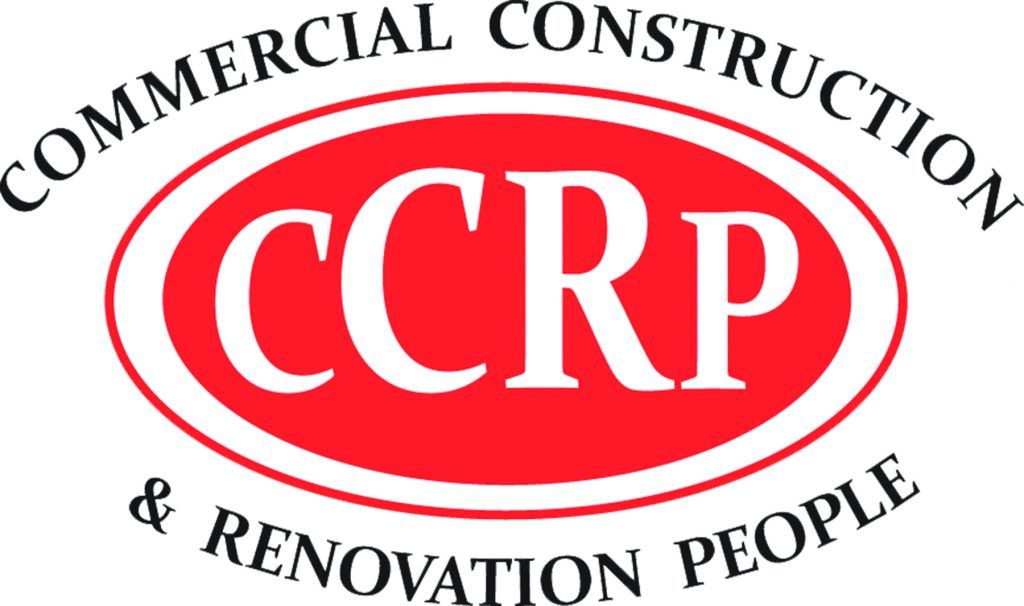Floor plan scale conversion means changing drawing measurements to real-life sizes or a different scale. It helps you understand and use floor plans correctly for building or designing.
Stay with us! We’ll soon share more easy tips and guides about Floor Plan Scale Conversion to help you plan and build better.
What Is a Floor Plan Scale?
A floor plan scale refers to the proportional relationship between a drawing’s dimensions and actual real-world measurements. Since it is impossible to draw life-sized buildings on paper, designers shrink them using scales.
Real-Life Analogy:
Imagine designing a 30-foot living room. You obviously can’t fit that on a regular sheet of paper—so you draw it at ¼” = 1’. That means every quarter inch on the drawing equals one foot in real life.
Understanding Different Scale Types
There are two main types of scales used in floor plans:
Imperial Scale (U.S. Standard)
- Uses inches and feet
- Common scales:
- 1/4” = 1’
- 1/8” = 1’
- 3/16” = 1’
Metric Scale (International Standard)
- Uses centimeters and meters
- Common scales:
- 1:50
- 1:100
- 1:200
Real Estate Floor Plan Scale Conversion Chart (Imperial ↔ Metric)
| Original Scale | Imperial Equivalent | Metric Equivalent | Conversion Note |
| 1/4” = 1’ | 1 inch = 4 feet | 1 cm ≈ 48 cm | Most common for home plans |
| 1/8” = 1’ | 1 inch = 8 feet | 1 cm ≈ 96 cm | Used for larger layouts |
| 1:50 | — | 1 cm = 0.5 m | Common in Europe |
| 1:100 | — | 1 cm = 1 m | For large projects |
| 1 inch = 10 feet | 1:120 (approx.) | — | Used in site plans |
How to Convert Floor Plan Scales (With Formulas)?
Let’s say you want to convert a ¼” = 1’ scale drawing to 1/8” = 1’ scale. Here is how:
Step-by-Step Process:
- Determine scale ratios:
-
- ¼” = 1’ ➜ 1″ = 4 ft
- 1/8” = 1’ ➜ 1″ = 8 ft
- Find the conversion factor:
4 ft ÷ 8 ft = 0.5
- Apply the factor:
Multiply the original drawing dimensions by 2 to double its size for the new scale.
Outsource 3d Floor Plan Conversion
Outsource 3D floor plan conversion means hiring experts or companies to turn your 2D floor plans into 3D models. This helps you save time and get realistic designs for presentations, marketing or construction planning.
Advanced Tools for Floor Plan Scale Conversion
Take your scale conversion game to the next level with these tools:
Digital Tools:
- AutoCAD: Allows you to scale entire drawings using the SCALE command
- SketchUp: Uses “Tape Measure Tool” for custom scaling
- Revit: Handles scaling in sheets and model views
- Adobe Illustrator: Can scale vector floor plans for printing
Online Scale Calculators:
- ScaleCalculator. com
- Archtoolbox. com
- Metric-Conversions. org
Mobile Apps:
- MagicPlan
- RoomScan Pro
- Floor Plan Creator
Applications of Floor Plan Scale Conversion
This concept is not just for blueprints. It is used across industries like:
Interior Design
- Rearranging furniture based on scale drawings
- Scaling down measurements to fit new layouts
Construction
- Builders and subcontractors rely on converted scales to accurately read site plans
- Helps in converting international blueprints for local construction
Urban Planning
City planners use scale conversion to model entire neighborhoods
Real Estate Marketing
Virtual tours and brochures often use scaled-down representations of properties
Education
Architecture and design students use scale conversion in projects, competitions, and presentations
Educational Tip: How to Learn Floor Plan Scale Conversion?
Want to get really good at this? Here is how:
- Take an online course: Platforms like Coursera, Udemy and LinkedIn Learning offer architectural drawing tutorials.
- Practice with real blueprints: Download free plans and try converting them by hand and digitally.
- Get an architect’s scale ruler: This tool is a must-have for manual conversions.
- Join design forums: Sites like Archinect or Reddit’s r/architecture are great for tips.
Real-Life Examples: Before & After Conversion
Let’s say a kitchen measures 3” on a 1/4″ = 1′ scale plan:
- Each inch = 4 ft
- 3 inches = 12 ft in real life
Now you want it in 1/8” = 1’ scale:
- Each inch = 8 ft
- 12 ft ÷ 8 = 1.5 inches on the new drawing
This confirms the drawing must be shrunk by 50% for the new scale.
Common Mistakes to Avoid
- Guessing without calculating: Always confirm using formulas or tools
- Assuming metric = imperial: 1:100 is not the same as 1/8” = 1’
- Over-scaling: You might create printouts that don’t fit standard paper sizes
- Neglecting printer settings: Always print at 100% scale (not “fit to page”)
FAQ’s
1. How to calculate scale on a floor plan?
To calculate the scale, divide the real size by the size on the drawing.
Example: If a room is 10 feet in real life and it’s 2.5 inches on the plan:
10 ÷ 2.5 = 4, so the scale is 1 inch = 4 feet.
2. What is 3000mm on the 1:50 scale?
Divide 3000mm by 50.
3000 ÷ 50 = 60mm
So, on a 1:50 scale drawing, 3000mm (or 3 meters) will be shown as 60mm (6 cm).
3. What is a 1 to 100 scale floor plan?
A 1:100 scale means 1 unit on the plan = 100 units in real life.
For example, 1 cm on the drawing = 1 meter in reality.
4. What is the formula for scale conversion?
Use this formula:
New Size = Original Size × (New Scale ÷ Old Scale)
This helps you adjust drawings from one scale to another.
5. How to do a conversion calculation?
- Step 1: Find the original and target scale ratios.
- Step 2: Divide or multiply based on the scale.
Example: If converting from 1:100 to 1:50, multiply the size by 2 (because 100 ÷ 50 = 2).
6. What is a 1 to 200 scale?
A 1:200 scale means 1 unit on the drawing = 200 units in real life.
So, 1 cm on the plan = 2 meters in real life.
Conclusion:
Understanding floor plan scale conversion helps you read, design and build with accuracy. Whether you are a student designer or homeowner, knowing how to convert scales makes everything easier. With the right tools and simple steps you can bring your ideas to life with confidence and perfect measurements every time.

























